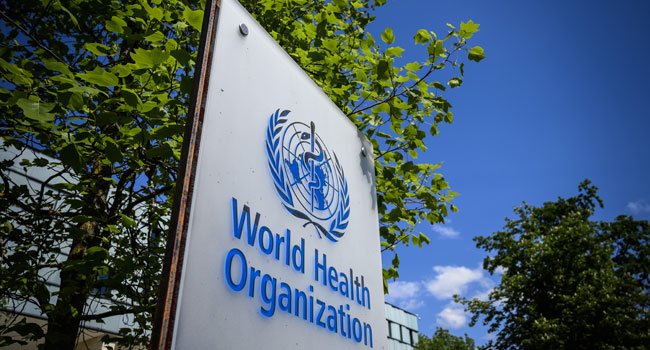28 April 2025 – The World Health Organization (WHO) has issued a new guideline calling for urgent action to halt the growing trend of female genital mutilation (FGM) being performed by health workers—a phenomenon known as the “medicalization” of FGM. The guidance also aims to enhance care for survivors.
Despite the health sector’s critical role in ending FGM, data reveals an alarming rise in its performance by medical professionals. As of 2020, approximately 52 million women and girls—about one in four FGM cases globally—were subjected to the practice by health workers.
Titled “The Prevention of Female Genital Mutilation and Clinical Management of Complications,” the new guideline provides evidence-based recommendations for governments, health systems, and communities to prevent FGM and deliver appropriate care to survivors.
“Female genital mutilation is a severe violation of girls’ rights and a major health threat,” said Dr. Pascale Allotey, WHO Director for Sexual and Reproductive Health and Research. “Health workers must be agents of change—not enablers—and provide high-quality care for those affected.”
FGM, typically performed on young girls before puberty, involves procedures that remove or injure female genitalia for non-medical reasons. Regardless of who performs it, the practice is harmful. Studies suggest that FGM by medical personnel may lead to more severe physical consequences and lends a false sense of legitimacy to the practice, undermining efforts to eliminate it.
To counteract this, WHO strongly recommends that professional codes of conduct explicitly ban health workers from performing FGM. The guideline also stresses the importance of training health workers in prevention, including how to handle requests to perform FGM through culturally sensitive and informative communication.
“Doctors, nurses, and midwives are influential voices in many communities,” said Christina Pallitto, WHO scientist and lead author of the guideline. “Their active involvement is vital to shift social norms and protect girls and women.”
The guideline further highlights the need for broad community engagement, including the involvement of men and boys, to support behavioral change and promote girls’ rights.
In terms of survivor care, WHO recommends integrated, compassionate health services that address both the short- and long-term consequences of FGM. These range from psychological support to managing childbirth complications and offering surgical interventions when necessary.
Success stories from countries like Burkina Faso, Sierra Leone, and Ethiopia—where FGM prevalence among 15–19-year-olds has dropped by 50%, 35%, and 30% respectively over the past three decades—demonstrate that meaningful progress is possible through political will and coordinated action.
While the global likelihood of a girl undergoing FGM has declined threefold since 1990, the practice still persists in around 30 countries, putting an estimated 4 million girls at risk each year.


